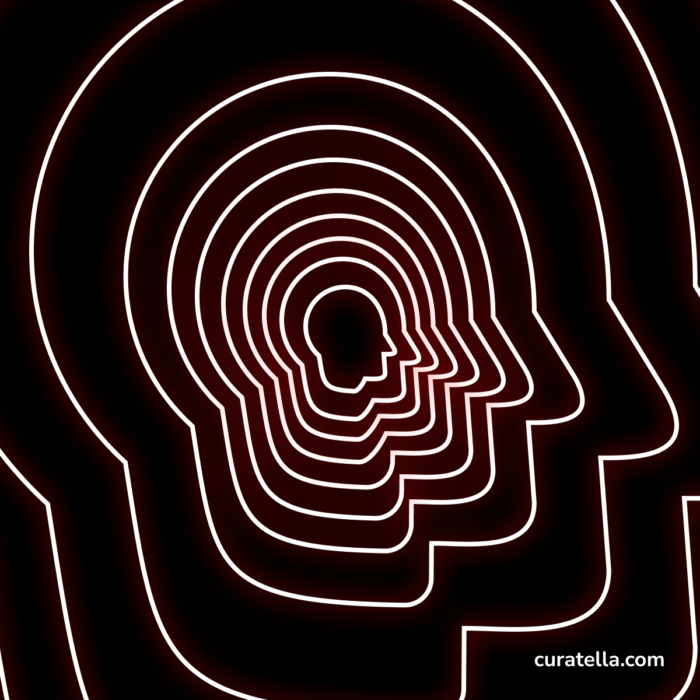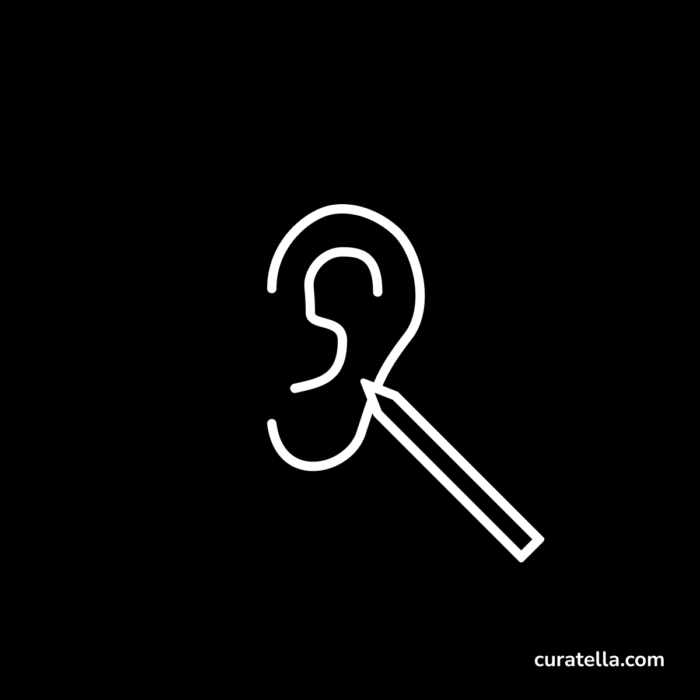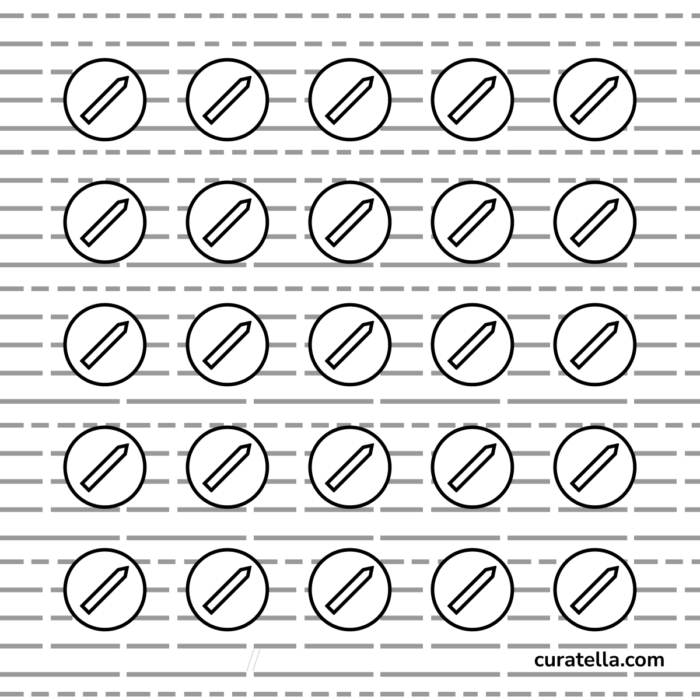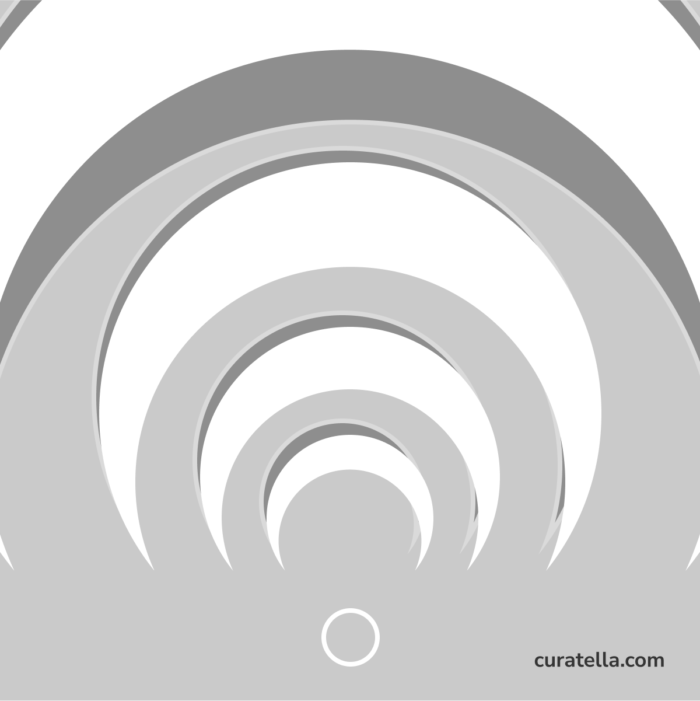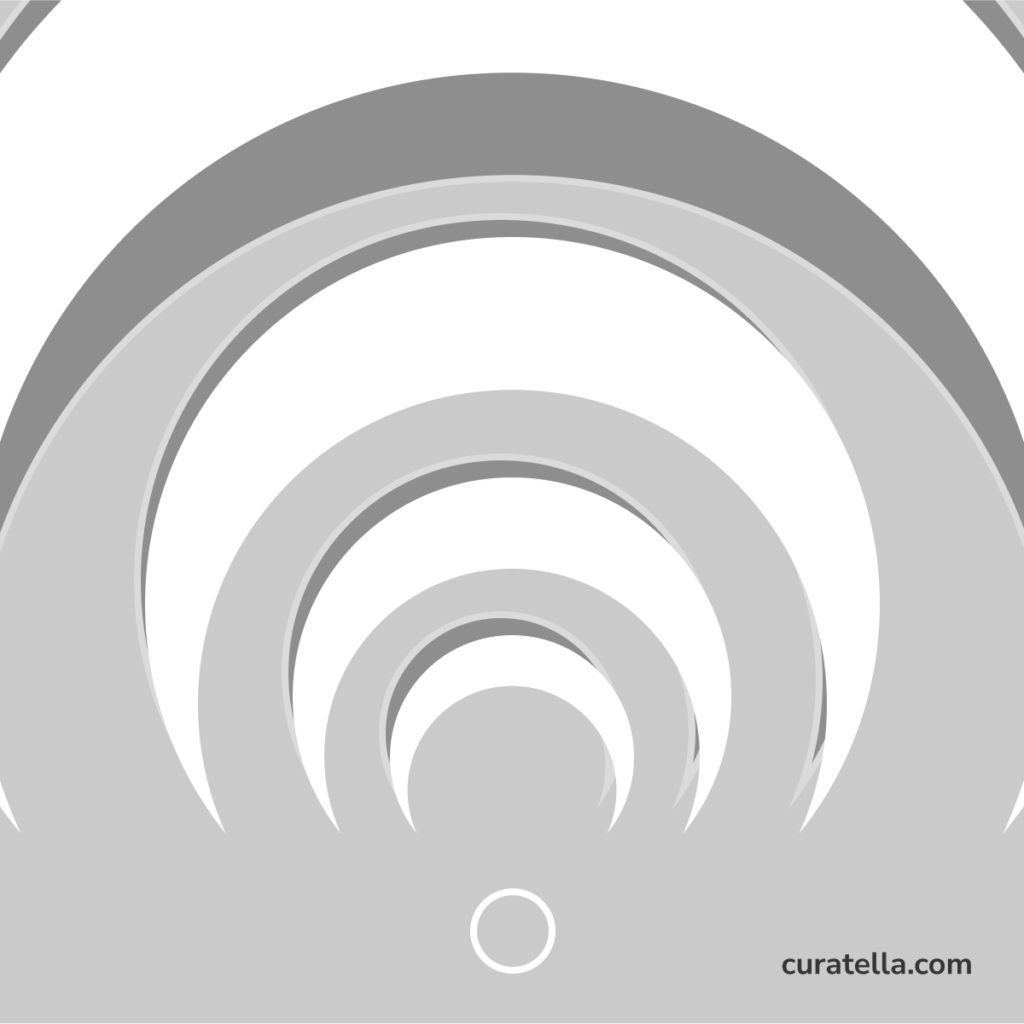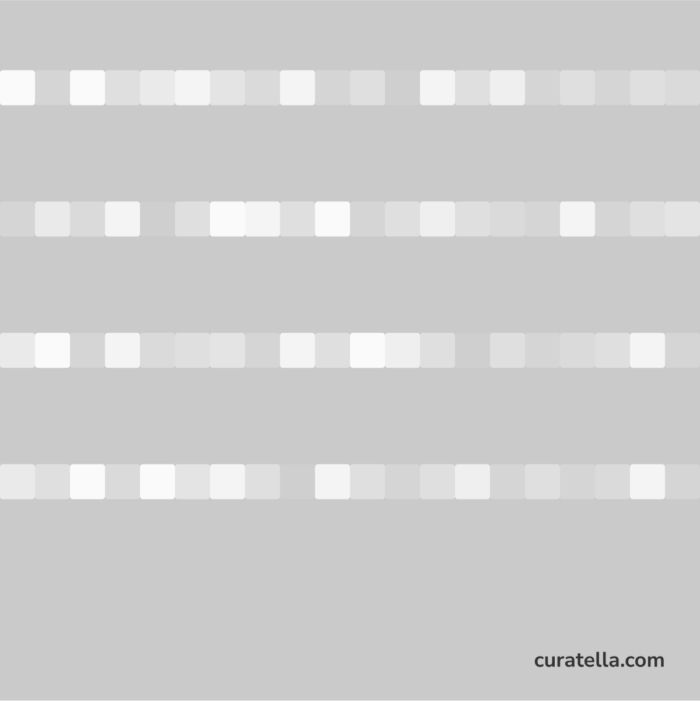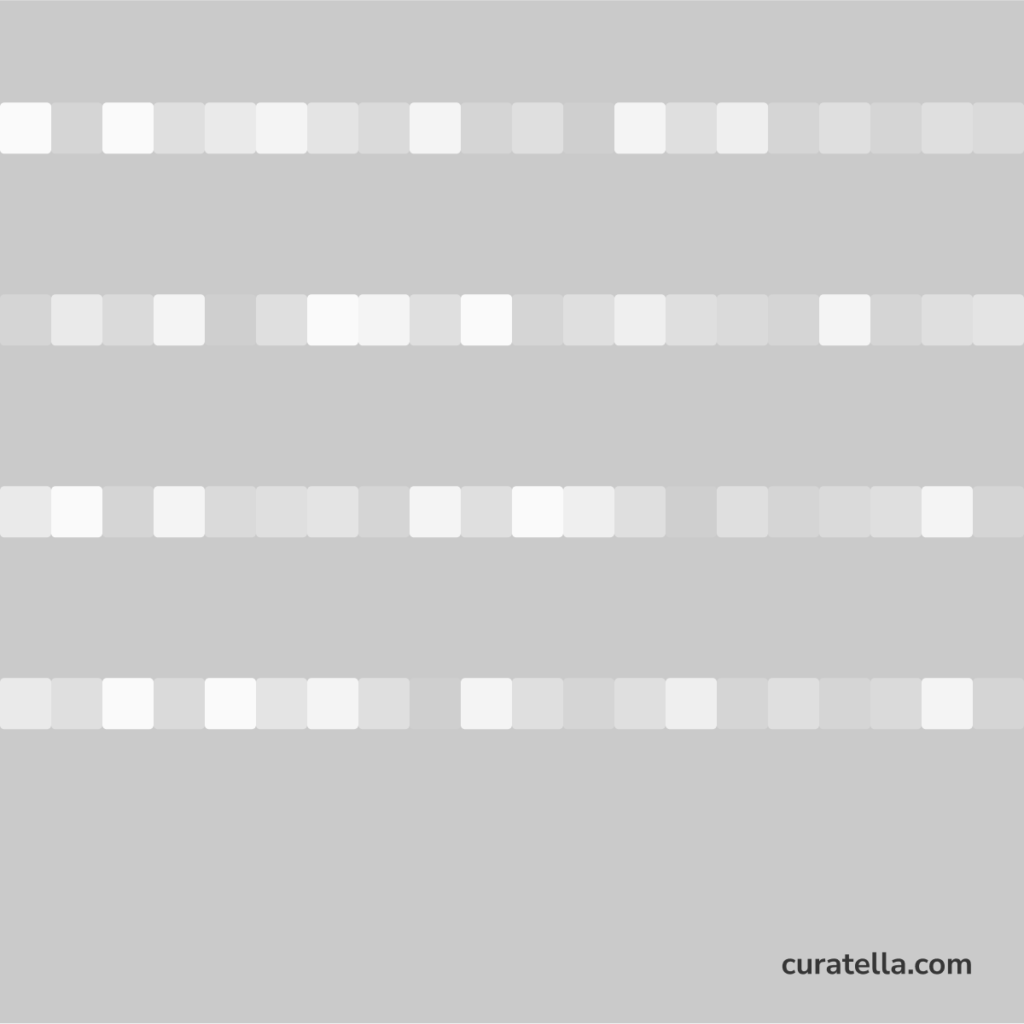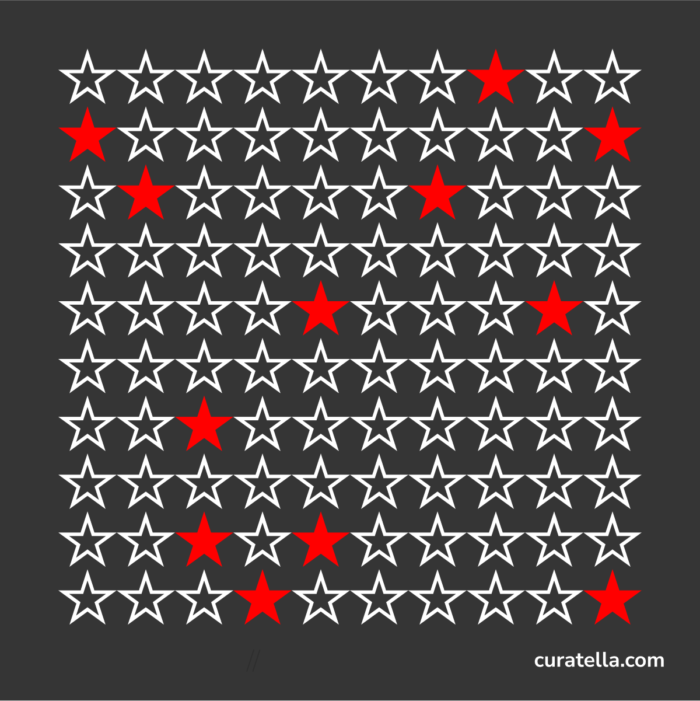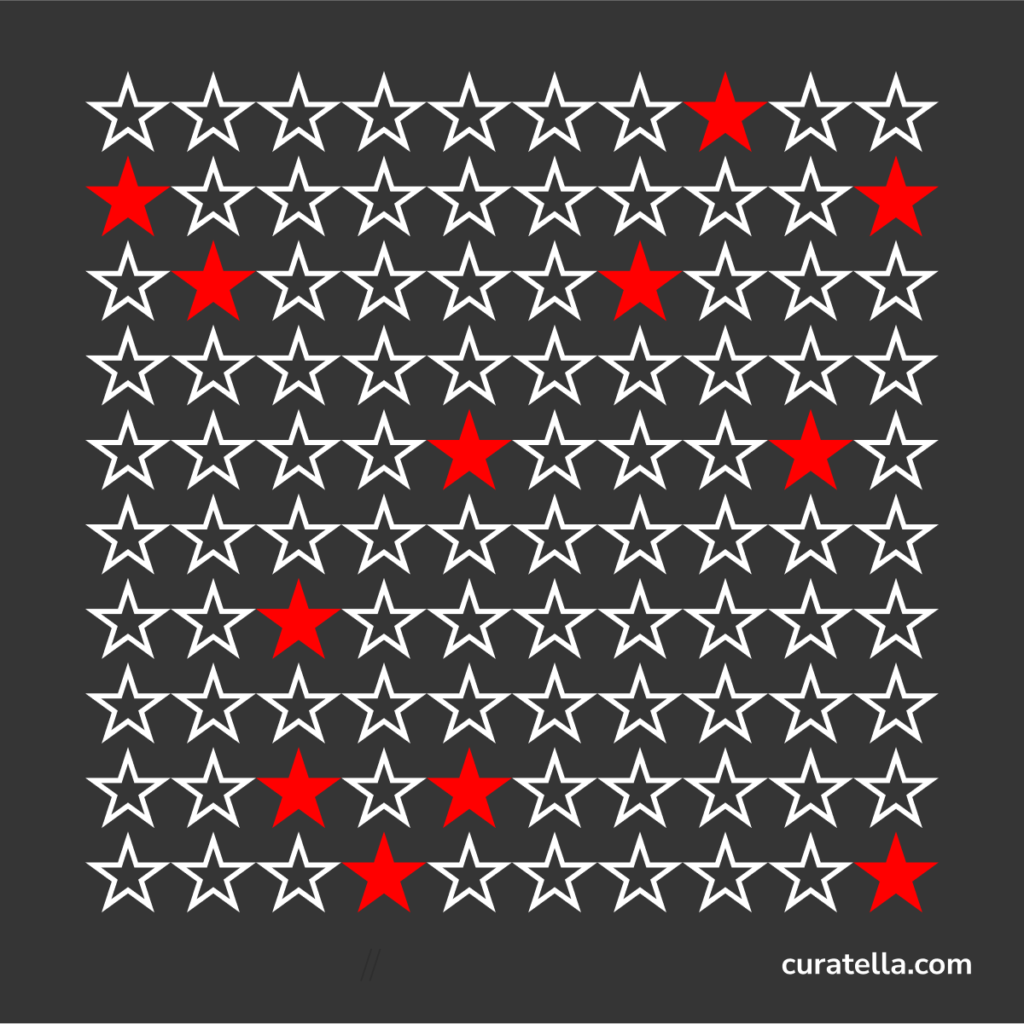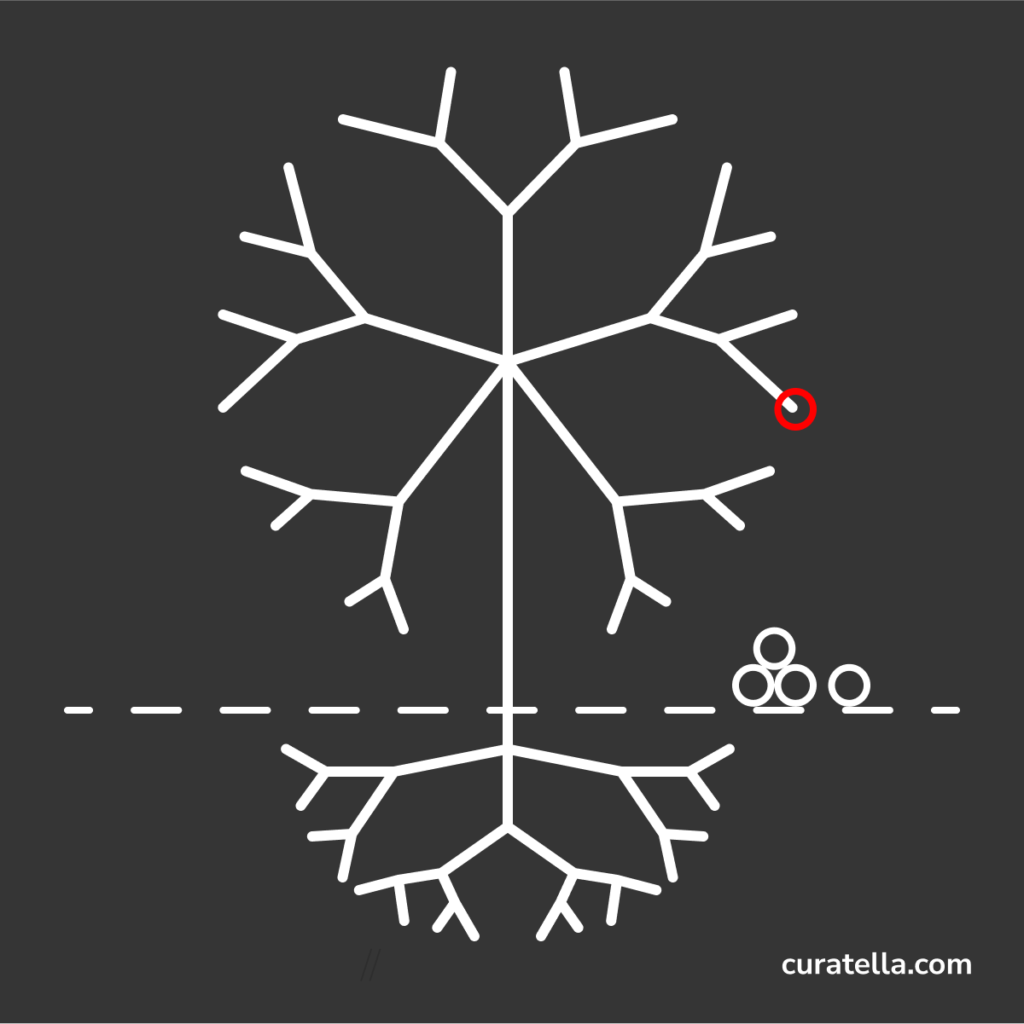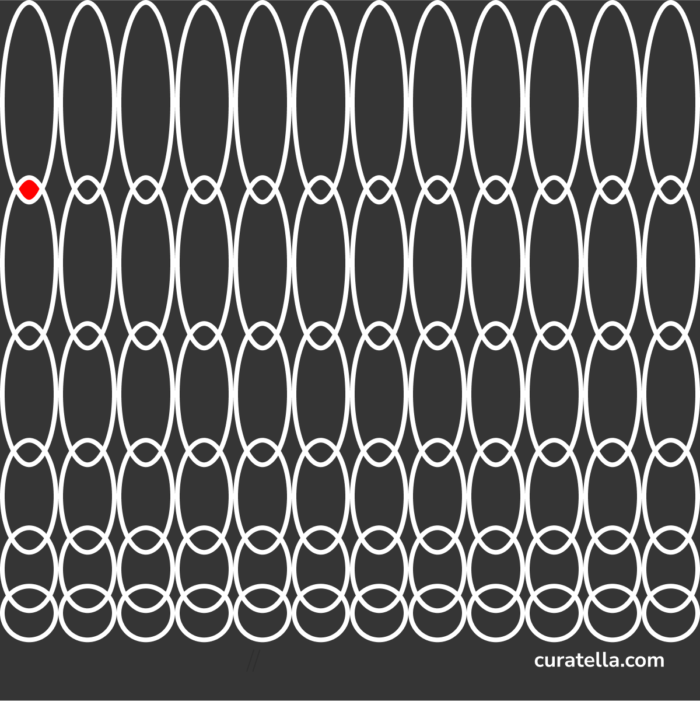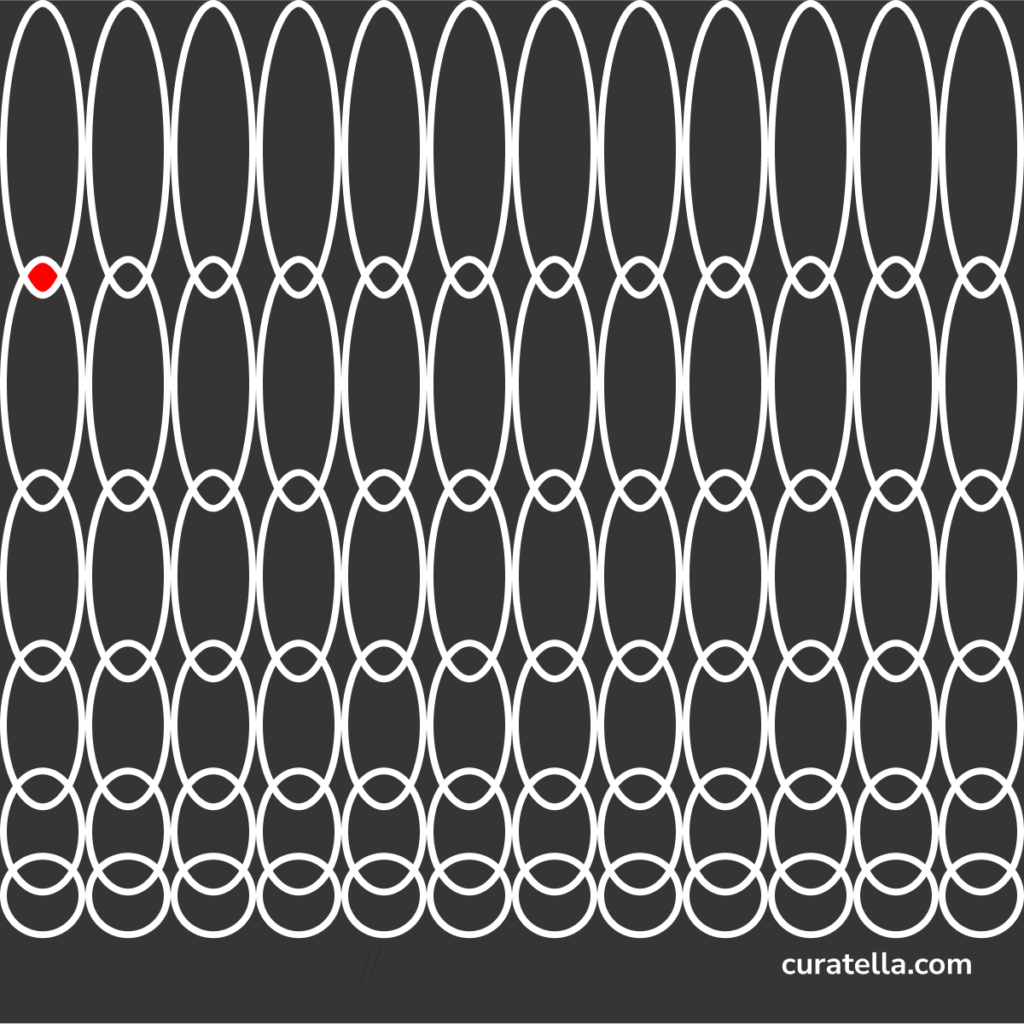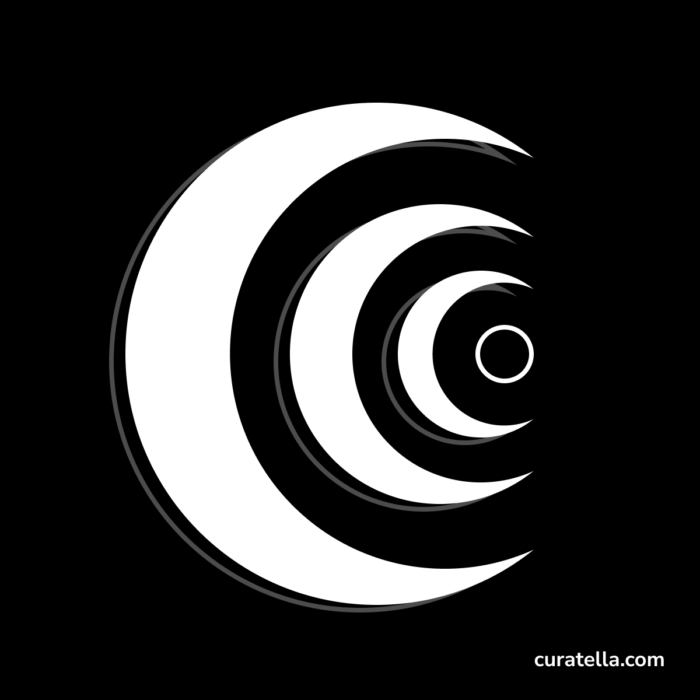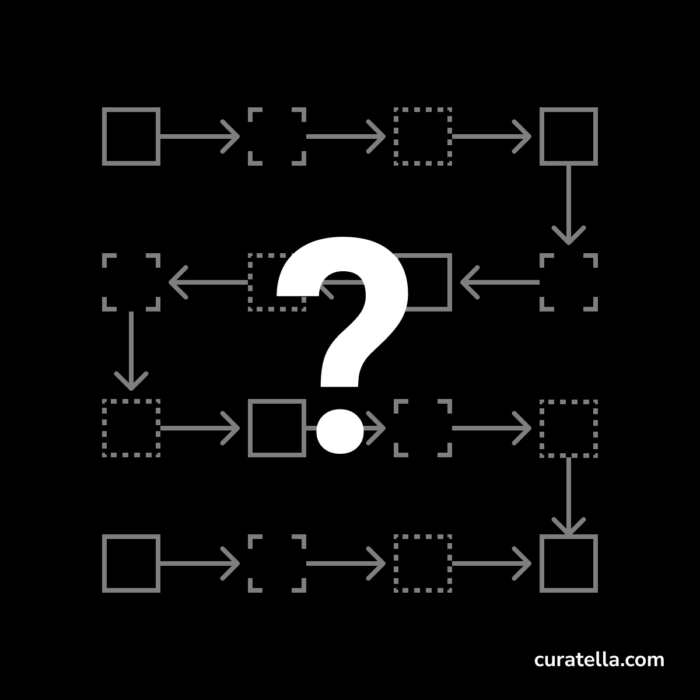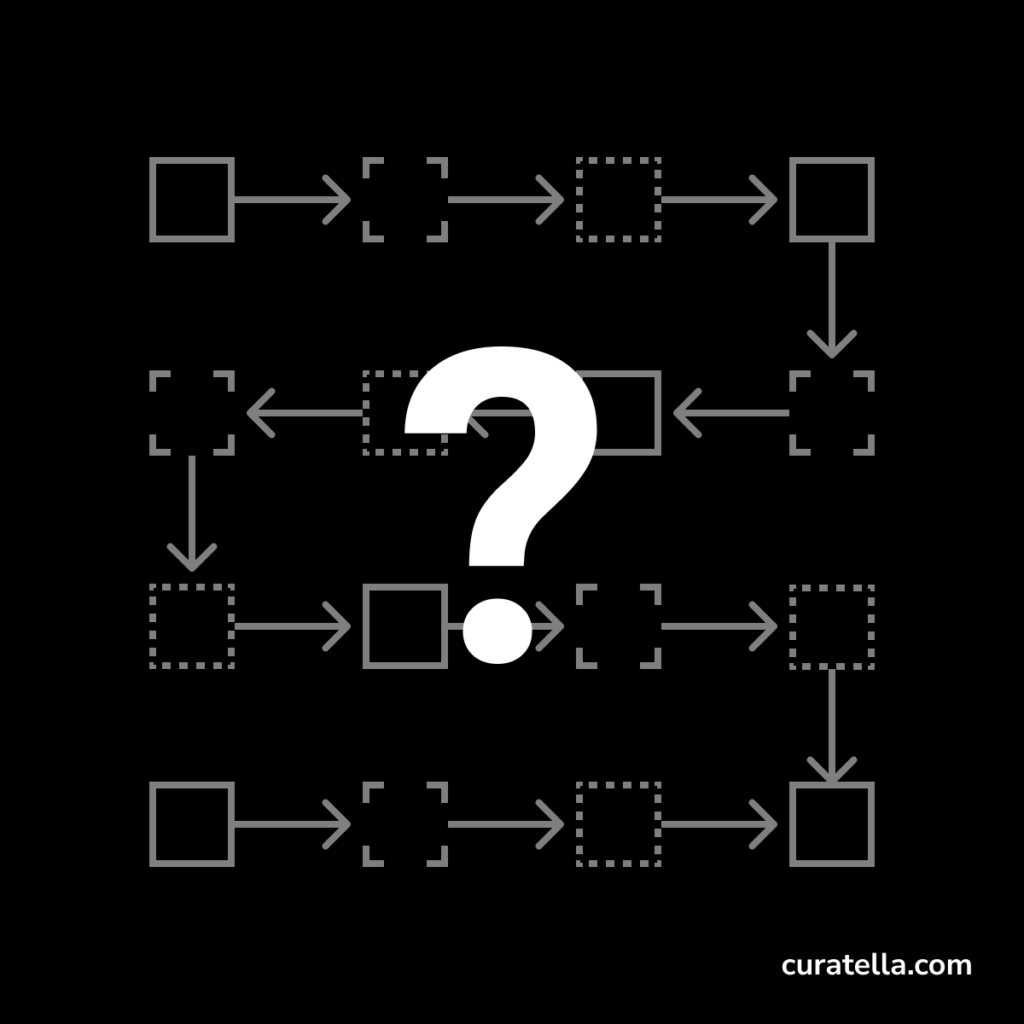This is my Day 1 Article to participate in the CREAZEE Daily Writing Habit Challenge April 2021. And it is also my Day 136 Article since I’ve started to write daily.
I am Max. Massimo Curatella if you want the full name. Presenting myself has always been a problem.
Not anymore.
“Hi, what do you do?” used to be an embarrassing question for me.
“Yeah, I write about Computer Graphics, but I am also a programmer. I am studying as an Engineer, but I want to make movies and videogames. Yeah, not started yet. In the meantime, I am doing training for architects. No, no, it’s not related, but I like it. Oh, yes, the university courses, I designed and developed them because a friend suggested me to do it for the Physics Faculty. Oh, I think Design is the key success factor of software. I find it even more fun than software development.”
That would have been one of the many conversations I would hold with people. And I would usually remain with a sense of incompleteness and unsatisfaction.
Fast forward 20 or 30 years, now I am using my roles in a fluid and fluent way. I can talk “programming” if I am with developers, I can defend “design” with colleagues and client, I can propose “training” with corporate, I would suggest “facilitation” in social innovation and agile management, I can “write and speak” in diverse settings if I need to. (Another day I will tell you about, management, direction, research, coaching, and mentoring).
Why? Because that is who I am.
How? By remaining humble, accountable, and, first of all, supporting what I promise with valuable evidence.
Is it easy? No, it is not, and it took me my entire life to find a bearable balance and make an advantage out of it.
What about tomorrow?
Thanks for this question. I’ve found a beautiful way to manage all of the passions and the threads passing through my mind: writing about it.
And this is just one of those threads.
I dance between roles and labels. I use them for my benefit. I aim at being what I can be by playing with possibilities and potentiality. That’s who I am today. Ask me again tomorrow.
Oh, and I am large, by the way.
